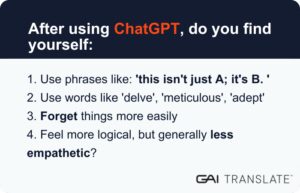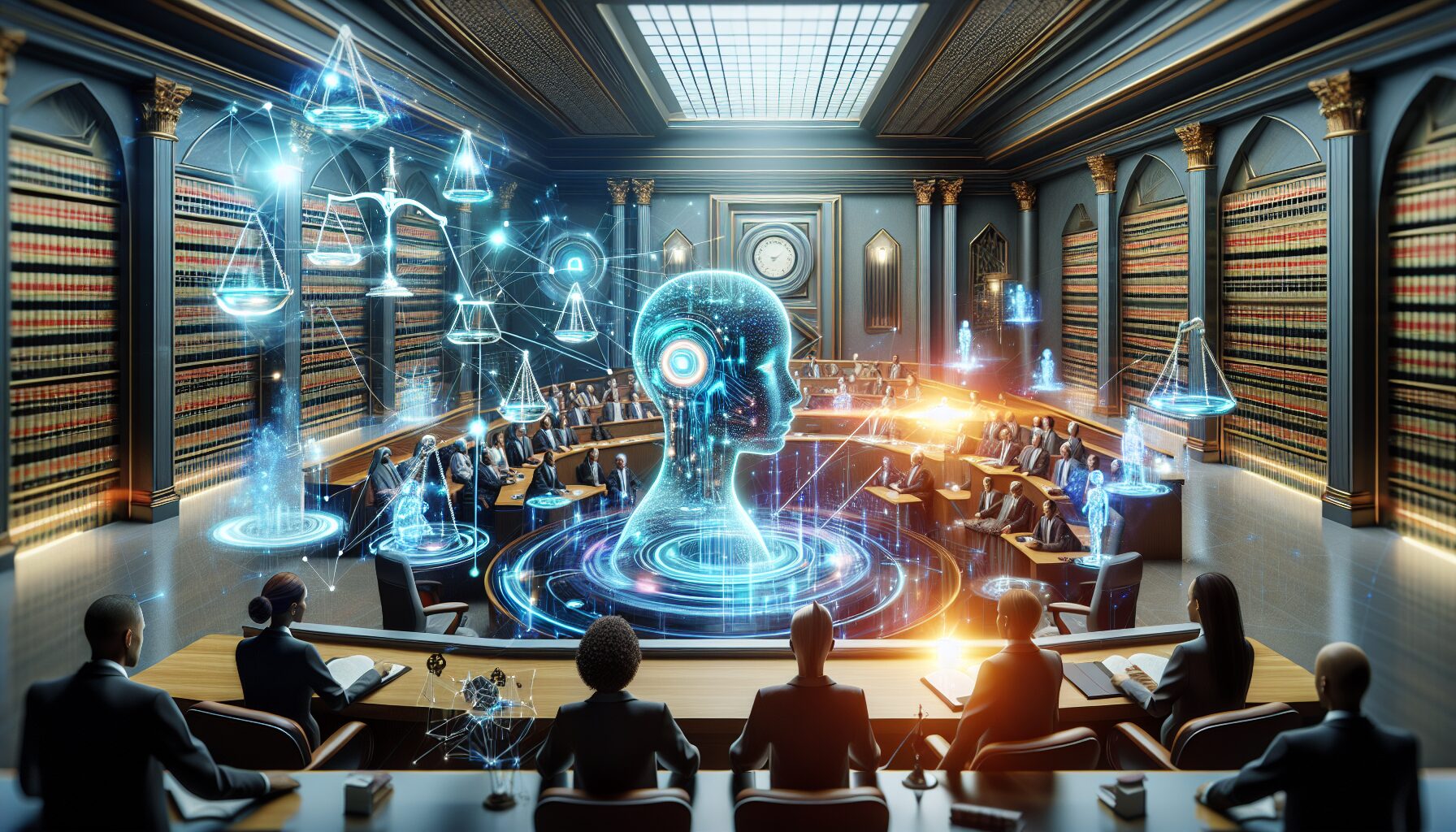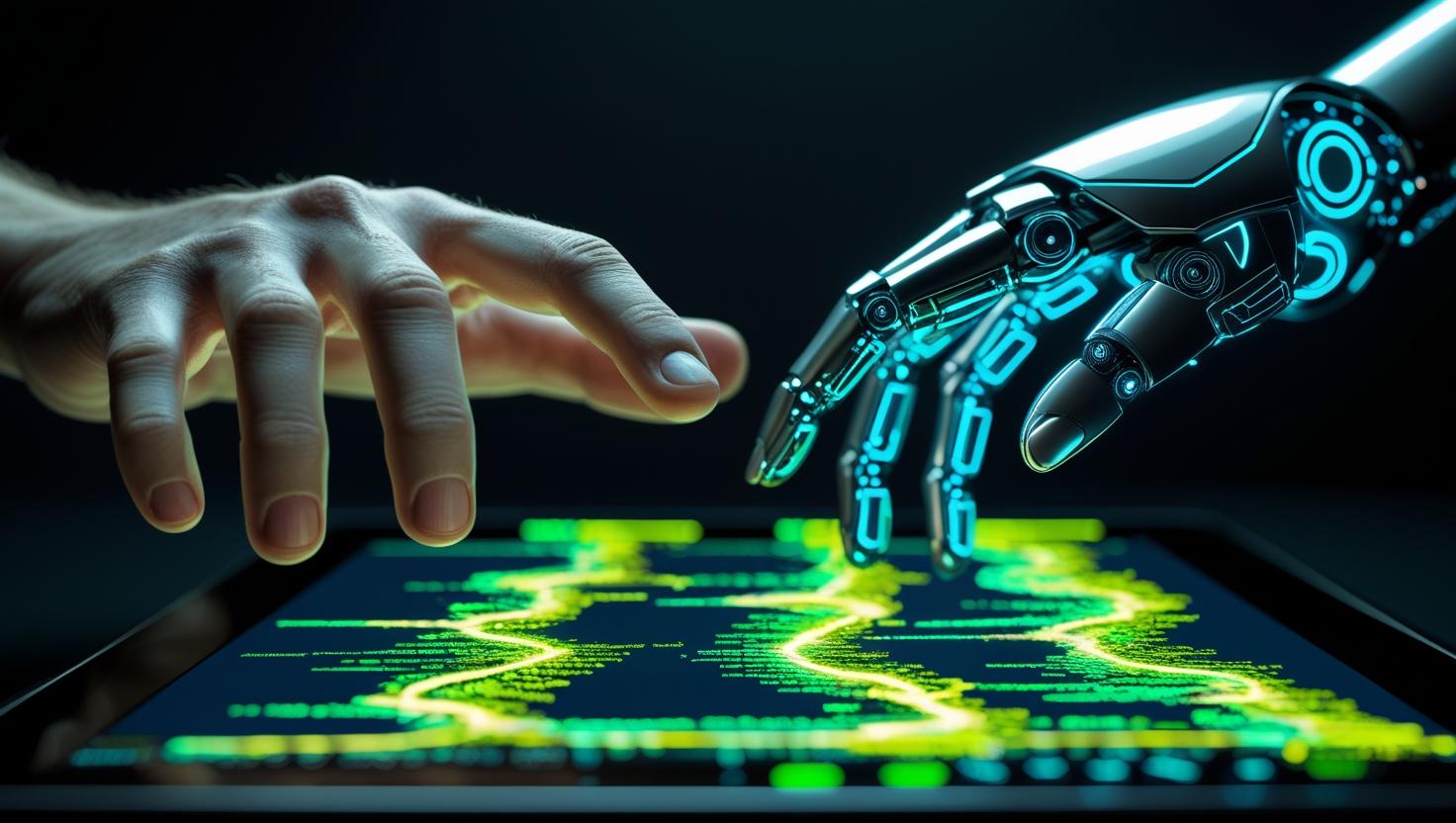Welcome to ‘AI for thought’, a series where we explore the intersection of artificial intelligence, technology, and the translation industry in a simple and digestible way.
Introduction
Just a few months ago, Match Group, the company behind Tinder and Hinge, announced that it will begin to adopt AI in its messaging system, to provide “effective coaching for struggling users”.
It’s hard then not to wonder: is this still human matching human, or AI matching AI? What does that mean for how we connect, how we converse, and how we interact?
AI is quickly permeating every aspect of our lives. From content creation and coding to entertainment and even companionship, companies are quick to address any perceived “gaps” AI could fill, be it in work, social life, or recreation.
But because there’s a lack of regulation, because tech giants are rolling out their models so fast and making them so readily accessible without any consideration for the consequences, what could happen if we are in too deep? The entire operation may be a bit too risky for us.
How AI changes our use of language
The use of language is fundamental to how we think. With the proliferation of AI chatbots, we are outsourcing not just our writing, but our very thought processes each time we prompt ChatGPT to delegate task – because we are subconsciously mimicking the act of texting or conversing.
And guess what could happen? We become accustomed to the AI’s “perfect” syntax and cadence, and our own natural language patterns may begin to change. We start to speak and write in a way that is optimised for machine understanding, losing the nuances, idioms, and imperfections that make human communication so rich and authentic.
A study at Cornell University found that, many YouTubers began using terms more universally, like ‘meticulous’, ‘adept’, and ‘delve’, by up to 51% more. These had just so happened to be the same exact words ChatGPT frequently uses in its response.
While you could view it from a positive lens, that is, how cultural traits now circulate bidirectionally, rather than unidirectionally, between humans and machines; the downside is the potential erosion of linguistic and cultural diversity, and the risks of scalable manipulation, as human becomes easily malleable in the hands of machinery.
On our minds, behaviour and connections
This technological revolution is not just changing how we communicate, but how we think and feel. AI is reshaping the way we process and recall information. Here are some examples.
- Cognitive offloading. Our dependence on AI assistants and search engines is weakening our memory capacity: we may now rely on these tools to memorise information for us and retrieve it later.
- The echo chamber effect. Predictive text and recommendation algorithms subtly influence our thinking, shaping our ideas before they even fully form in our minds. Algorithms, like Instagram reels, may minimise our exposure to opposing viewpoints and perpetuate biases.
- Emotional disconnect. While AI can provide immediate emotional support through mood-booster apps and chatbots, it lacks genuine human empathy. This presents a growing risk of emotional dependency on virtual agents, which may end up replacing human social support rather than complementing it.
The irony: AI as a confidant
Perhaps the most problematic trend is our increasing trust in AI over human institutions and even other people: a study showed that 47% of respondents is using AI as therapists.
The irony is staggering.
We are willing to confide our deepest secrets to an AI therapist or ‘companion’ because we perceive it as ‘risk-free’. The devastating part is that we can’t see the risk of our data being harvested, analysed, and monetised by a faceless corporation, which is precisely why we are so comfortable doing it. The fear of a real friend sharing our information is palpable and immediate; the risk of an algorithm doing the same is abstract and easily dismissed. It’s a paradox as devastating as it is foolish.
What now?
So, what can we really do?
The first step is to draw a line. We have to be honest about what is truly ‘authentic’ these days. Did an idea come from a human brain, or was it influenced by a machine’s output? A Stanford AI Communications professor, Jeff Hancock, expresses his perspective in an interview:
‘I think if the machine is helping you be you, then I think you can be authentic. AI systems can be optimized for a whole host of things and some of those can be interpersonal’.
The question then is, how do we discern when AI is interfering too much? How do we draw the line? Certainly, for children under 18, who are still in their developmental stages, and those who are more susceptible to mental issues, they are going to struggle to find this boundary.
The big picture is simple: we need to start acting responsibly, for ourselves and for the world. We need to be vigilant about what goes on behind the chatbots and demand transparency from the organisations that create these powerful tools.
Businesses, too, have a responsibility. At GAI Translate, for example, our entire model is built around data security. We place human experts at the heart of our engine because we know that without human intervention and oversight, AI will always be subpar. The only way to win this game is to rewrite the rules from the inside out.
Contact us for a demo today to learn how human-first AI translation can transform your global communication.
SHARE THIS ARTICLE
RELATED RESOURCES
AI for thought: AI advancement vs. regulations — will the latter ever catch up?
Welcome to 'AI for thought', a series where we explore the intersection of artificial intelligence, technology, and the translation industry in a simple and digestible way. Introduction The ascent of...
5 MIN READ
AI for thought: AI translation as a driver of digital equity
Welcome to 'AI for thought', a series where our marketing team explores the intersection of artificial intelligence, technology, and the translation industry - all explained in a simple and...
4 MIN READ
Industry insights: emerging risks in the legal sector and how GAI Translate overcomes them
The rapid advancement of AI saw law firms fundamentally rethinking their traditional business models, and embracing innovation to remain competitive and meet the evolving client expectations. As stated by...
8 MIN READ
AI for thought: AI advancement vs. regulations — will the latter ever catch up?
Welcome to 'AI for thought', a series where we explore the intersection of artificial intelligence, technology, and the translation industry in a simple and digestible way. Introduction The ascent of...
5 MIN READ
AI for thought: AI translation as a driver of digital equity
Welcome to 'AI for thought', a series where our marketing team explores the intersection of artificial intelligence, technology, and the translation industry - all explained in a simple and...
4 MIN READ





